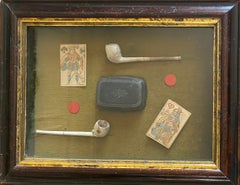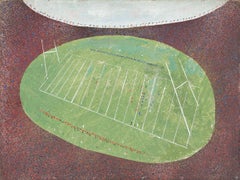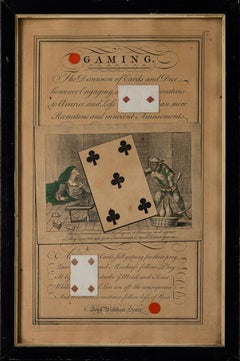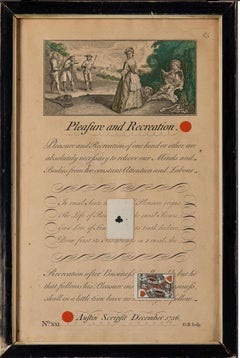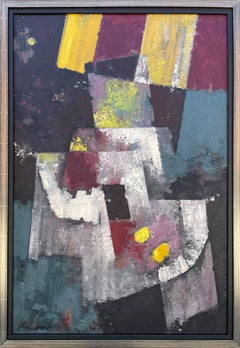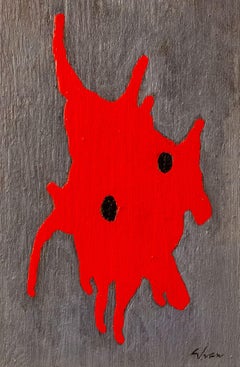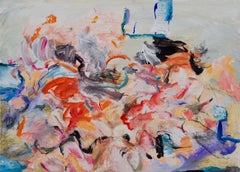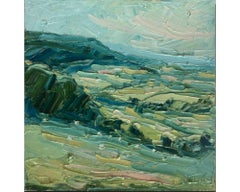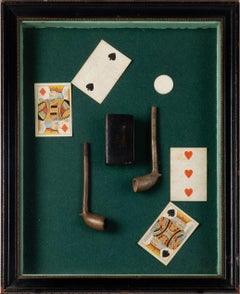Charles Green Shaw Art
Charles Green Shaw was an American artist, painter and writer, born in 1892, in New York City. He went on to become a significant figure in the history of American abstract art. His work was noted for its clarity of form and architectural construction. In the later part of his life, Charles turned to abstract expressionism. He graduated from Yale University and then studied at the Art Students League of New York, with Thomas Hart Benton. He also took private lessons from George Luks.
Shaw’s work is part of most major collections of American Art, including the Whitney Museum, the Metropolitan Museum of Art, the Museum of Fine Arts, Boston, the Arts Institute of Chicago, the Smithsonian Institution, the Pennsylvania Academy of the Fine Arts and the Corcoran Gallery.
1930s Surrealist Charles Green Shaw Art
Clay, Glass, Paper, Found Objects, Wood
1940s Abstract Geometric Charles Green Shaw Art
Oil, Board
1930s American Modern Charles Green Shaw Art
Mixed Media
1930s American Modern Charles Green Shaw Art
Paper
1950s Abstract Charles Green Shaw Art
Oil
1960s Abstract Charles Green Shaw Art
Oil, Board
1930s American Modern Charles Green Shaw Art
Mixed Media
21st Century and Contemporary Abstract Expressionist Charles Green Shaw Art
Oil, Acrylic, Oil Crayon, Cardboard
2010s Abstract Impressionist Charles Green Shaw Art
Oil, Board
Late 20th Century Abstract Geometric Charles Green Shaw Art
Canvas, Oil
1950s Abstract Charles Green Shaw Art
Oil, Board
1970s Abstract Charles Green Shaw Art
Oil, Board
1940s Abstract Expressionist Charles Green Shaw Art
Canvas, Oil
2010s Abstract Charles Green Shaw Art
Cotton Canvas, Oil, Acrylic
1960s Abstract Charles Green Shaw Art
Oil, Board
1970s Abstract Geometric Charles Green Shaw Art
Oil
1960s Abstract Expressionist Charles Green Shaw Art
Oil, Board
2010s Abstract Charles Green Shaw Art
Canvas, Cotton Canvas, Mixed Media, Oil, Spray Paint, Acrylic
1950s Abstract Geometric Charles Green Shaw Art
Oil, Board
1930s American Modern Charles Green Shaw Art
Mixed Media
1930s Cubist Charles Green Shaw Art
Oil, Board
1950s Abstract Expressionist Charles Green Shaw Art
Canvas, Oil
1950s Abstract Expressionist Charles Green Shaw Art
Canvas, Oil
